Khurma, Batasha, Barfi aur Hum!
by Yashi Srivastava
28th September 2020

One thing the year 2020 has given me is the opportunity to celebrate most of the festivals with my family under the same roof. It started around Holi and its Diwali now, and I stillcount my blessings.
Since it is my first Diwali at home after a very very long time, I am minutely aware about the ritualistic quality that food acquires during the festivities. I am mindful of the years of oral tradition behind that single piece of Khurma. Its amazing how important mother-daughter transmission is in the running of the world, it is easily the backbone of all of humanity. This Diwali I begged my mother to teach me how to make Diwali foods specific to our house. Now this warrants a little context: my mother and my father are both from the same caste and EVEN the same state (Uttar Pradesh) and studied the same course (not of relevance but basically showing the sameness of it all), they still have extremely different food traditions. I first noticed it during Karwachauth and it is stark during Diwali. So, when I say our house, I mean foods from both my maternal and paternal side. I wish to keep both the legacies alive.
Call it habit, but as a social science researcher, armed with my Sony voice recorder I started hounding every member of the family asking them about their Diwali food memories. The first person I “interviewed” for this very important exercise of knowing my food, traditions and myself was Ramsaran Bhaiya. He thinks his age is around 45, he knows that he is from Jila Banda-Tehsil Nareni-Thana Kila Kalinjer-Gram panchayat Pipra-Gaon Narsinpur (said without a pause and I wrote as I heard it, I do not have the heart to cross-check), he has a beautiful wife and two kids, and right now he works and lives with us. He was confused for a minute but then became extremely animated. He spoke about khurma (also called shakarpaare), khakhariya (made of besan and ajwain), papariya, khoya barfi and khurmi (besan ka saanp, his words not mine). My mother overheard the conversation and mentioned her memories of storing Papariya in huge cannisters in her house in Naubasta, Old Lucknow where she spent her childhood. Khurma was something that brought joy to her face and she shared how her mother and Taiji used to make these. What started as an interview, resulted in an evening full of nostalgia and reliving old days and missing foods that she had as a child. After entering the Srivastava clan, she started following food traditions taught to her by my Daadi. Khurma was lost and Poori and kachoris of all kinds would mark her Diwali.
Two days before Diwali, I saw roughly around 7 to 8 recipes of Khurma and entered the kitchen with a strong resolve to surprise my mother. It sounded fairly easy: knead dough, cut cute squares, make sugar syrup, dunk the fried cubes in the syrup and viola. The struggle started at step 1, there was too much ‘moin’ (once the ghee is added to the flour, it becomes moin and calling it anything else is just wrong), and then the dough was too wet, then too sticky. After a good half an hour a perfect consistency was achieved. Pizza cutter was used to make the squares and the sugar syrup passed the two-string test. I would like to say it was an absolute success because I got a reward from my Daadi and tears of joy from mother. This has been the highlight of my Diwali. But I do want to mention a few more traditions that dot my Diwali and the one that I started this year.

The first is the fight over sugar toys (Cheeni ke Khilone) and sugar candies (Batasha). I would fight tooth and nail for the elephant toy and I did the same yesterday. I am still that kid who gets high on sugar and runs around the whole house and eat a lot of kheel (puffed rice) alternatively to cut down the sweetness.
The most extravagant and detailed Diwalis were in Gonda, in Delhi the Diwalis became a little less ritualistic. I specially miss the Soorma (Kohl) made from diyas. I was always in awe of my Daadi who would magically balance two diyas on top of each other. The soot collected on the concave side of the other diya overnight would be mixed with ghee and given to the grandkids. If I learn how to balance the two diyascohesively, I might just start making mine on the regular.

The one thing that I started this year was to swap recipes and pictures of traditional food and document the food traditions. I got many but there are two that I’d like to mention: Gujiyasmade with khoya and dry fruits by my dearest and the founder of Rihaa. It does make sense, dry fruits, winter and Diwali is a combination that can never fail. The other is my Faraalmaking, Nagpur residing friend who gushes over her perfectly made Chakli, Chiwda, Shankarpali and Balushaahi. I don’t mind being a 28-year-old, obsessively taking down notes from Whatsapp. I hope to carry forward the food traditions of Srivastava-Saxena clan. For now, I am extremely proud of my Khurma – or as father adds “Ann ki Mithai’.
 Yashi Srivastava is a Research Scholar in Sociology at the Department of Humanities and Social Sciences at IIT Kharagpur.
Yashi Srivastava is a Research Scholar in Sociology at the Department of Humanities and Social Sciences at IIT Kharagpur.






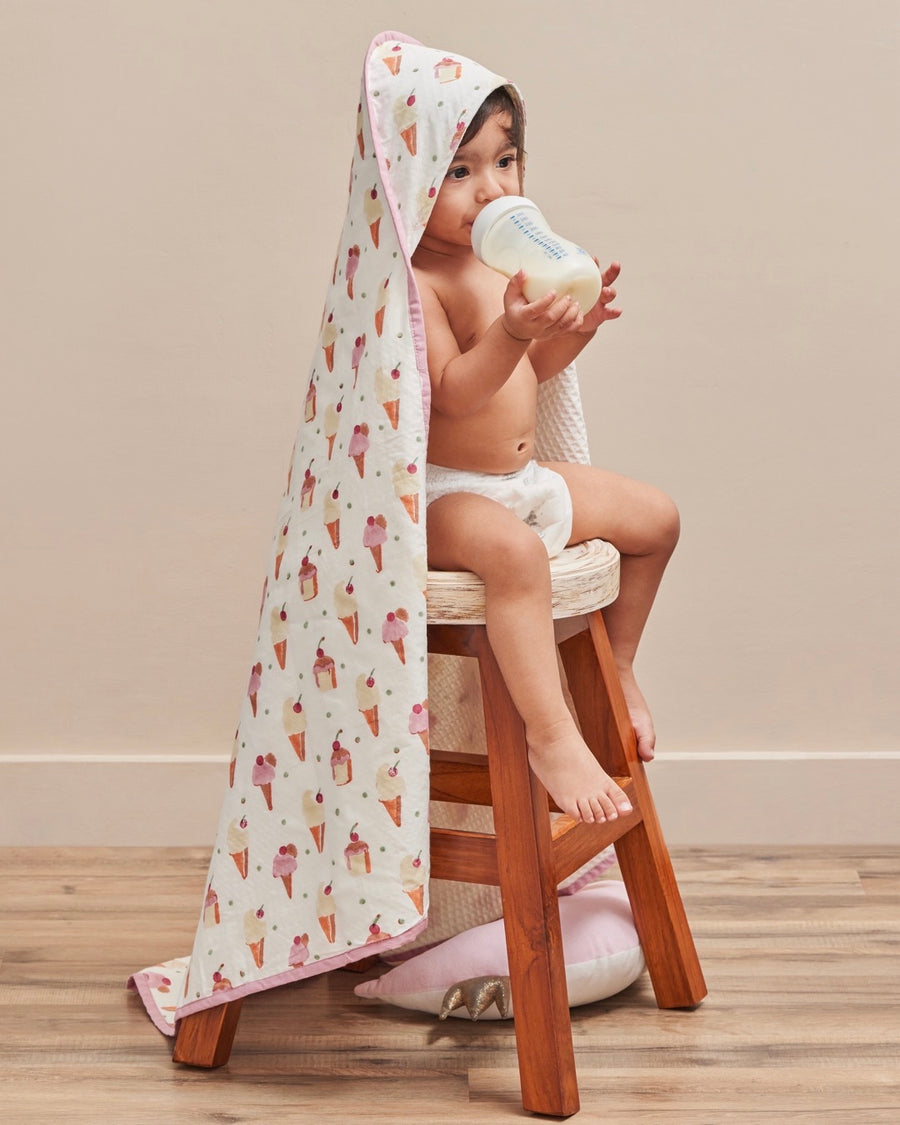
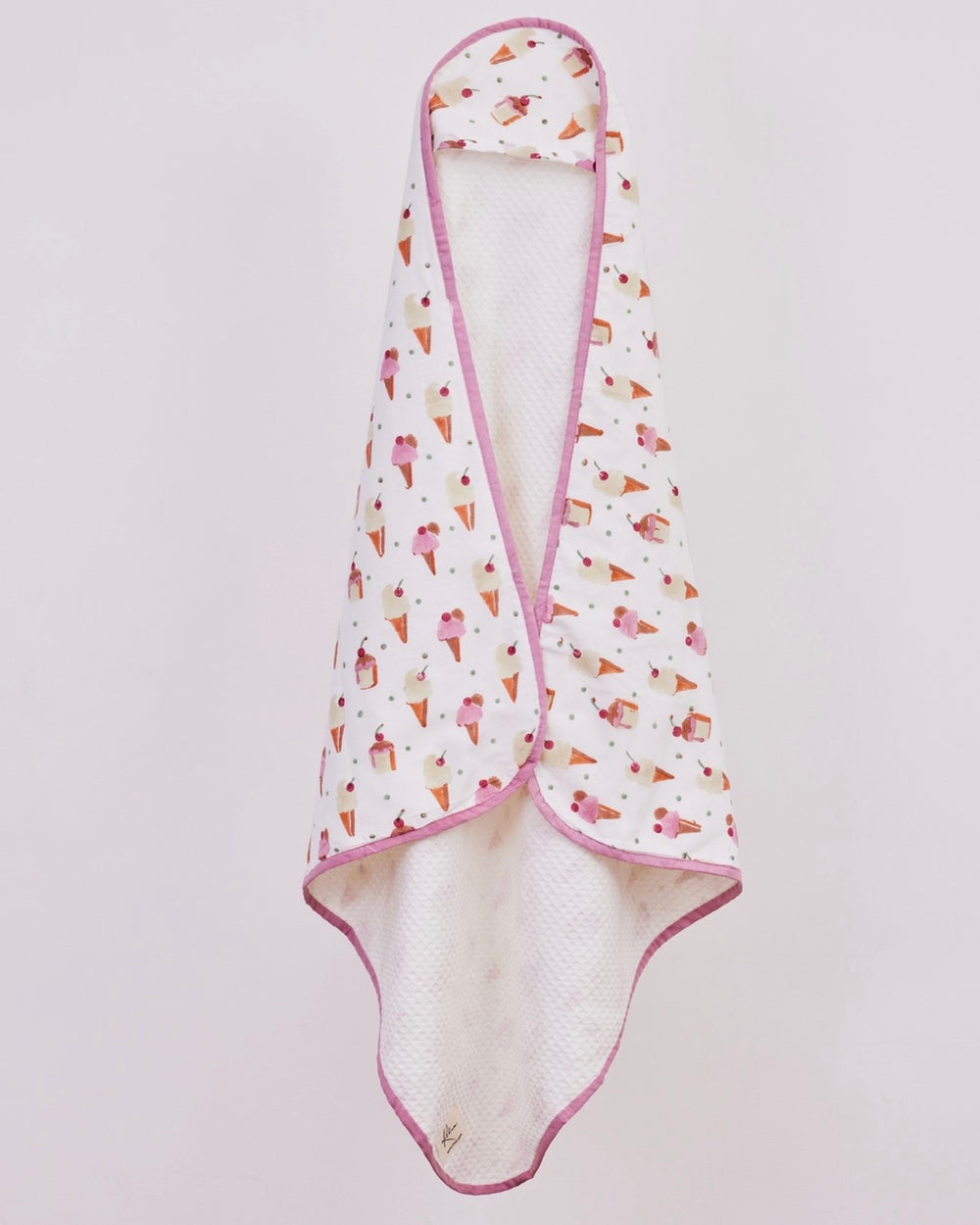

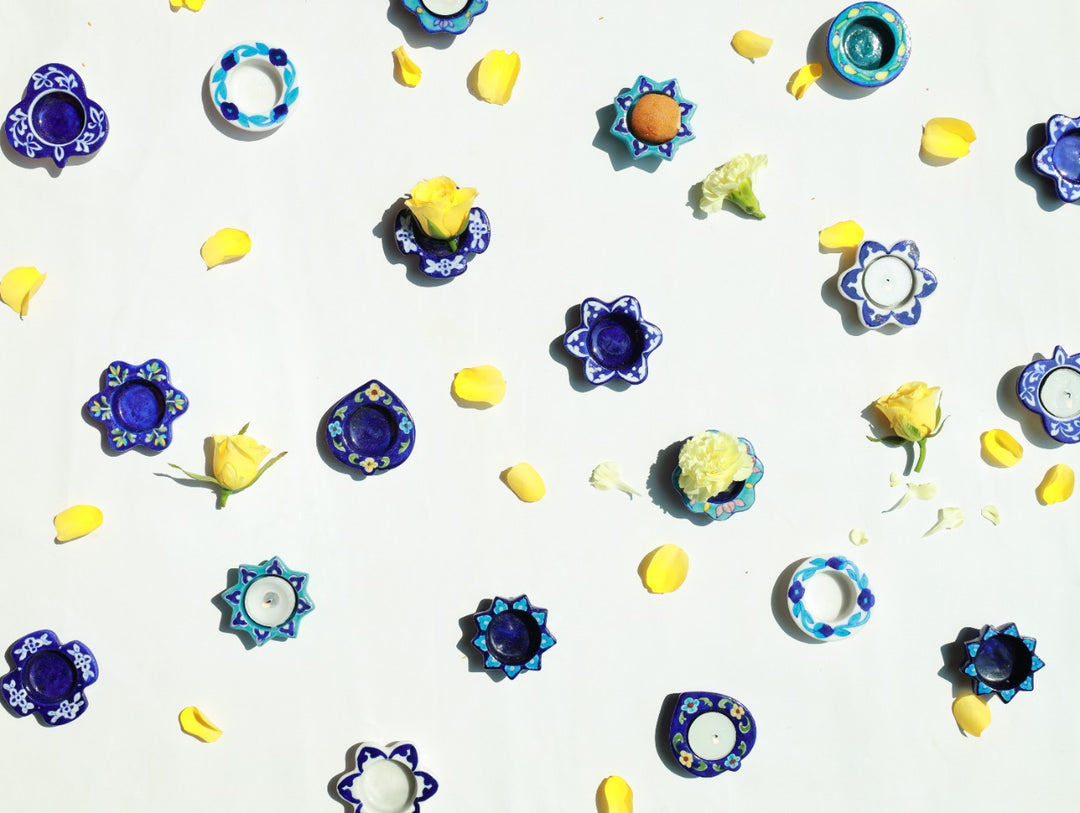
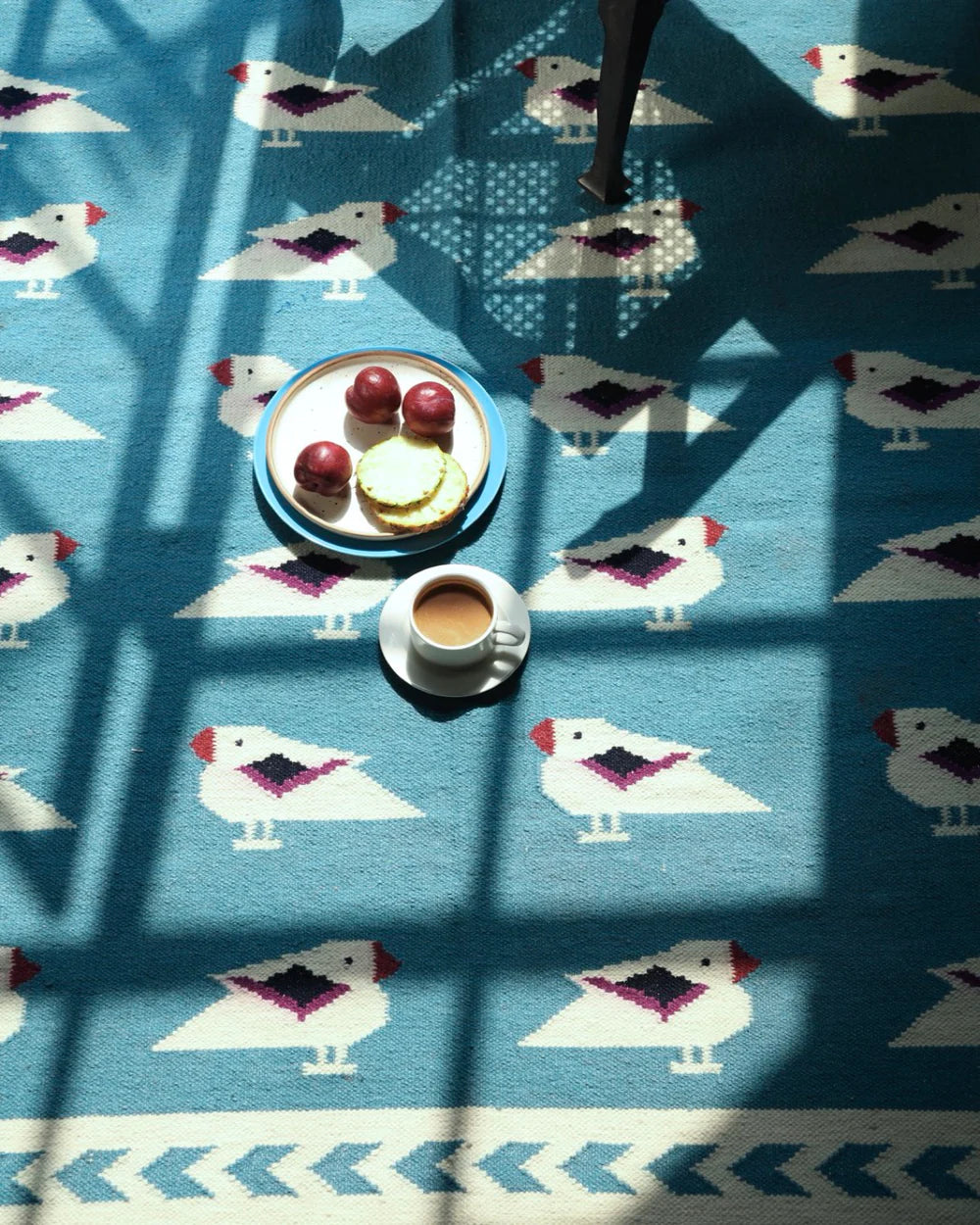
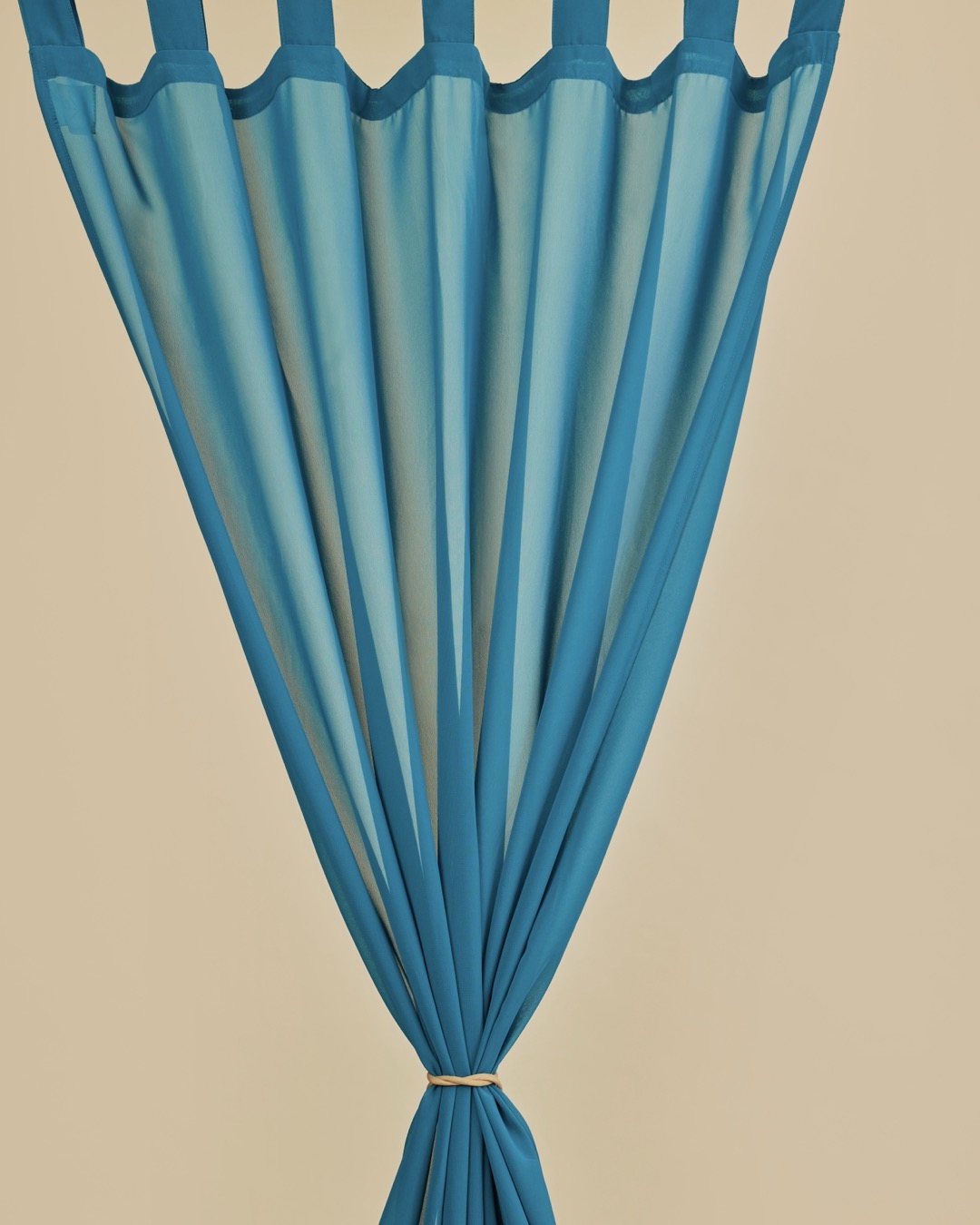
Leave a comment